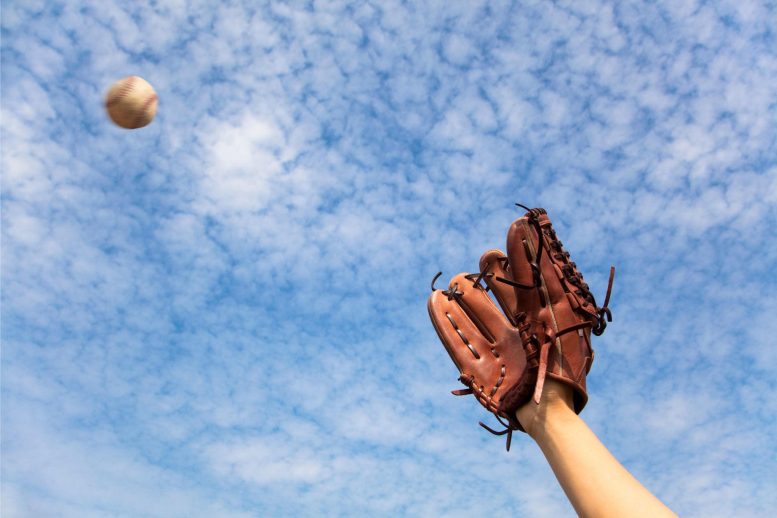
Scientists have discovered that the ability to predict visually-guided movements is crucial to catching moving objects, through a study involving primates catching crickets. Utilizing high-speed cameras and AI, they established an 80-millisecond delay in visuomotor behavior, underlining the importance of predictive abilities in these actions, a finding that could help in understanding and treating neurological disorders.
Have you ever made a great catch—such as snatching a falling phone before it plunges into the toilet, or preventing an indoor cat from dashing outdoors? Those skills—the ability to grab a moving object—require exact synchronization between our visual and motor systems.
A study conducted by researchers at the Del Monte Institute for Neuroscience at the University of Rochester suggests that our capacity to predict visually perceived motion plays a significant role in our capability to make a great catch—or grab a moving object.
“We were able to develop a method that allowed us to analyze behaviors in a natural environment with high precision, which is important because, as we showed, behavioral patterns differ in a controlled setting,” said Kuan Hong Wang, Ph.D., a Dean’s Professor of Neuroscience at the University of Rochester Medical Center.
Wang led the study which was recently published in the journal Current Biology in collaboration with Jude Mitchell, PhD, assistant professor of Brain and Cognitive Sciences at the University of Rochester, and Luke Shaw, a graduate student in the Neuroscience Graduate Program at the School of Medicine & Dentistry at the University of Rochester.
“Understanding how natural behaviors work will give us better insight into what is going awry in an array of neurological disorders.”
Researchers used multiple high-speed cameras and DeepLabCut—an AI method that uses video data to find key points on the hand and arm to measure movements—to record where the primate is looking and the movement of the arm and hand as it reaches and catches moving crickets.
Researchers found an 80-millisecond delay in the animal’s visuomotor behavior—the moment when vision and movement click and work together to direct the hand toward the target. Despite this measurable delay, the primates still grabbed the crickets, meaning that they had to predict the cricket’s movement. Using data from both the primates and the crickets the researchers were able to build a detailed model of vision-guided reaching behavior.
“These findings allow us to identify unique behavioral control strategies for mechanistic studies and engineering applications,” said Wang. “Visuomotor control problems exist in many neurological disorders due to brain lesions, stroke, and genetic factors. This research may help develop computational behavior analysis strategies to precisely characterize behavioral alterations in naturalistic settings and understand their underlying causes.”
Reference: “Fast prediction in marmoset reach-to-grasp movements for dynamic prey” by Luke Shaw, Kuan Hong Wang and Jude Mitchell, 5 June 2023, Current Biology.
DOI: 10.1016/j.cub.2023.05.032
The study was funded by the National Institute of Health, the Schmitt Program of Integrative Neuroscience, and the Del Monte Institute for Neuroscience Pilot Program.

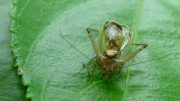

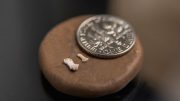
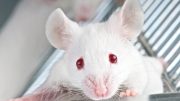
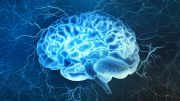
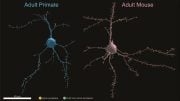
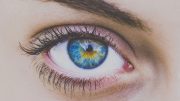

Be the first to comment on "Prediction – The Key To Hand-Eye Coordination?"